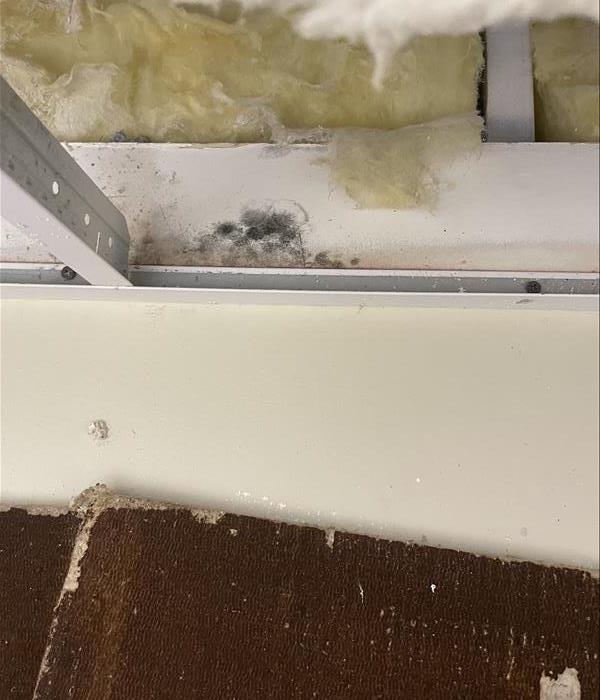HOA and Community Managers: Understand Mold Management
9/6/2023 (Permalink)
Mold is a bit of a stealthy character. During inspections, it's considered pretty normal to spot some concentration of mold spores, usually rated around 100 sp/m3. Mold can just naturally exist in spaces. But here's the red flag: when those mold levels hit above 800, it's time to take action.
Now, laws and rules can be a bit of a maze, changing from one place to another. But here's a common thread - landlords often have a duty to tackle mold problems when tenants report them. This is known as the "implied warranty of habitability." It's like a rulebook that says landlords must keep their rental units healthy and habitable. Ignore it, and you might find yourself in some legal hot water.
Now, even if HOAs aren't directly responsible for individual units, they can't just turn a blind eye. They need to stay vigilant for potential mold issues, especially in common areas. They've got to be aware of their legal responsibilities within their specific territory.
Mold isn't just a health concern; it's also a wallet concern. It can drive down rental rates because, let's be honest, no one wants to live in a moldy mess. Plus, mold can wreak havoc on a unit, leading to costly renovations that could've been prevented with a little TLC.






 24/7 Emergency Service
24/7 Emergency Service
